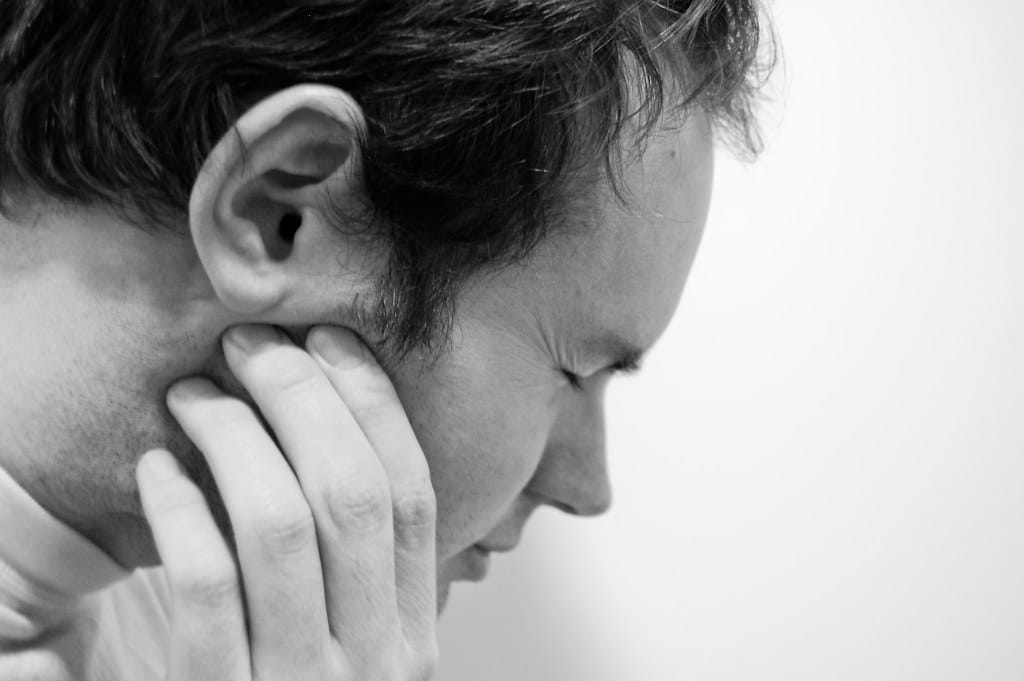Top Family, Cosmetic and Implant Center In 537 Amherst St, Nashua, NH 03063
The TMJ Issue And Ways To Deal With It

Sometimes a facial pain is difficult to diagnose. The patient himself locates the pain vaguely. After a few days of suffering and failed attempts to embalm it with painkillers, one is able to feel the uneasiness in the inner or back portion of the jaws. Such pain is usually an indicator of TMJ pain or the feeling of discomfort in the Temporomandibular joint.
In order to diagnose TMJ pain, doctors look for certain symptoms. In fact, when a patient is suffering from a TMJ syndrome, there are several indicators that make it easy to diagnose the situation. Some specific TMJ symptoms are :
- Pain in the joint where the jaw connects to the skull bone
- Tenderness in the same area
- Pain in the neck or shoulder area
- A feeling of fatigue with overall facial pain
- Swelling on one side (the affected side) of your face
- Acute discomfort while chewing or biting
- Headaches and feelings of dizziness
- Problems with hearing or ringing in the ears (tinnitus)
- Locked jaw, which makes it difficult to open or close your mouth
What actually causes TMJ syndrome?
A TMJ disorder could result from a number of other health conditions that you are suffering from. Well, despite that, the most common cause of TMJ, as dental experts opine, is the habit of bruxism. Many individuals are in the habit of grinding their teeth (bruxism) at night while they are asleep or sometimes even consciously! Continuous grinding of the teeth puts unnecessary thrust in the bone joint, causing pain and soreness.
However, there are several other conditions that can cause a TMJ problem, including:
- Damage in the joint cartilage due to arthritis
- A jaw injury due to trauma or physical assault
- Stress and anxiety tend to tighten the facial and jaw muscles
- Excessive pressure from prolonged use of Orthodontic braces
- Excessive consumption of chewing gums
The more TMJ pain is neglected, the more it aggravates. So even when you are short of time to book an appointment with your dentist, you can try some at-home practices to give yourself some relief.
Lifestyle changes that may heal your TMJ pain
- Eating a soft diet for a few days in order to allow the TMJ to relax
- Reducing the intake of chewing gums
- Stop biting your nails as well as your lower lips too (if you are into that habit)
- Try to limit large jaw movements, such as yawning or yelling at someone!
- Try taking over-the-counter anti-inflammatory medicines like ibuprofen or naproxen.
- You can place a moist hot or cold pack on your jaw on that side of your face for about 10 minutes. This can be done several times a day.
At-home exercises to relieve your TMJ pain
Apart from lifestyle changes, TMJ remedies are inclusive of some specific exercises that are particularly effective in resolving the pain to large extents. Some of the significant ones are:
- Chin tucks – clasp your hands behind your back tightly so that the chest remains upright. Now pull your chin back to create a ‘double chin’. hold for 3 seconds and then release it. Repeat this at least 10 times.
- Resisted opening of your mouth: Placing the thumb on your chin, try opening it. Resist with your thumb while doing so. Hold for 3 to 6 seconds before closing your mouth.
- Resisted closing of your mouth: Similarly, with the help of your index finger on your chin, try closing your lips while you force it to remain open (with your index fingers)
- A Side-to-side jaw movement—the name of this exercise itself makes the type of movement very clear. You can do it anytime, while working, lying down or watching TV!
- A Forward jaw movement: This is nearly similar to the side-to-side movement, except for the change in direction of the act.
- Relaxed jaw exercise – The jaws can be made to relax by allowing them to simply drop down by balancing the tongue behind the front teeth.
While discussing TMJ, it might have seemed to you that TMJ pain is quite manageable all by yourself. If so, you are not very wrong. Conservative management of this oral discomfort mostly consists of lifestyle changing elements! That concerns facial exercises too. However, when all of these do not seem to yield significant results, you need to rush to the TMJ specialist near you in order to avail of dental interventions.
Surgical options might include open joint surgery, injections at the joint, TMJ arthroscopy, and so on. TMJ is alternatively termed TMD (temporomandibular disease) too. The procedures for a TMJ/TMD treatment might range from non-invasive to traditional as well. If you are in the habit of chronic grinding of your teeth, your TMD specialist might prescribe mouth guards for you. Those are appliances that would help to prevent unnecessary jaw movements when you sleep.
As a piece of advice, it’s wise to contact your dentist if the pain persists for a long . This will also help you get proper treatment and allow you to enjoy your favorite foods without feeling the agony of TMJ disorders.


